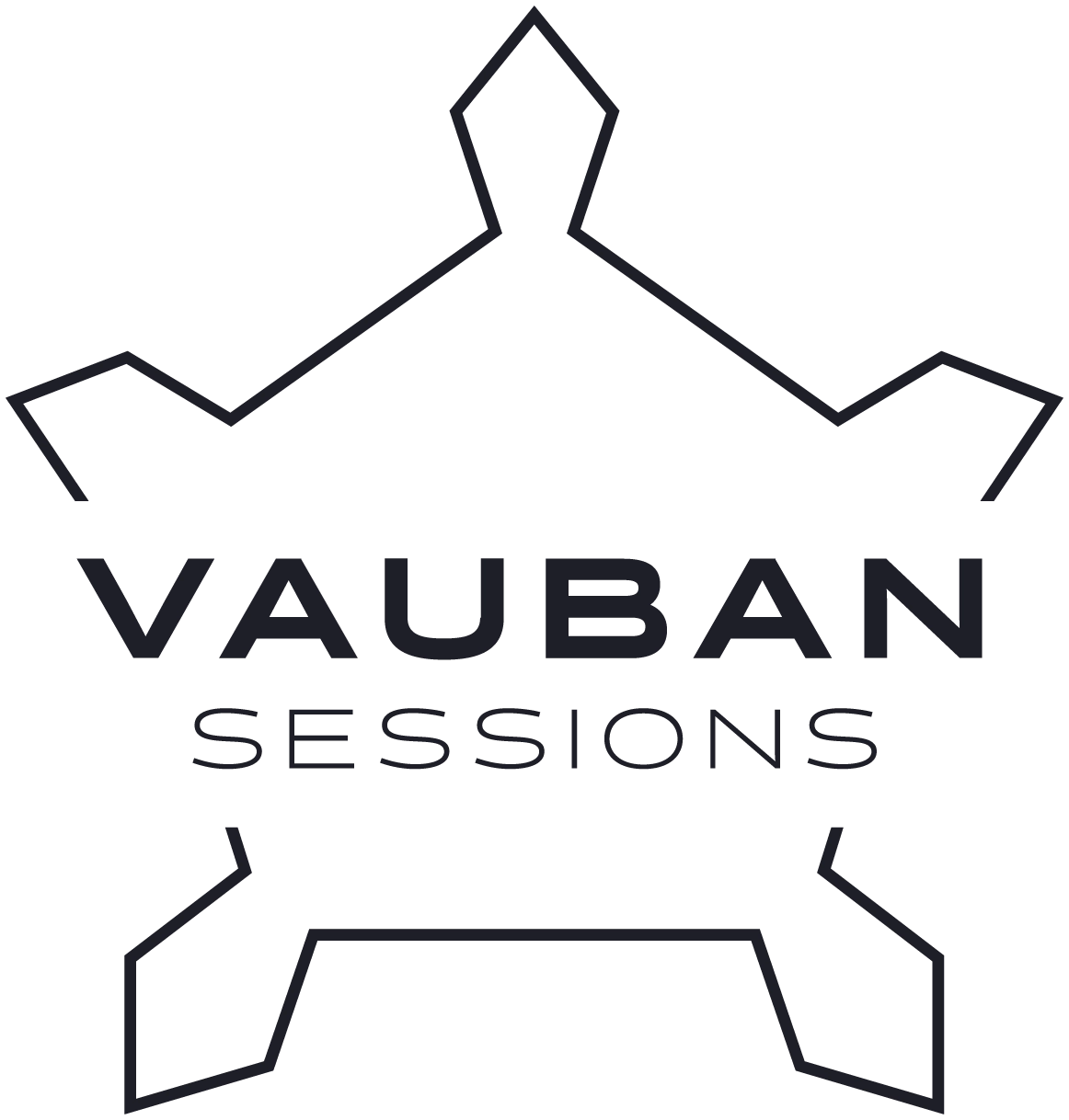20-21 MAY 2026
Land Forces 2045
The Vauban Sessions are an initiative of the Rapid Reaction Corps – France (CRR-FR) and Forward Global. Since 2019, this annual event brings together senior military leaders from across the NATO alliance and representatives of EU institutions, industry and academia to discuss the future of land forces in a world marked by the return of high-intensity conflict, increasing digital transformation and an ever-changing global power balance.
The 8th edition of the Vauban Sessions will be held in Lille on 20 & 21 May 2026, in the presence and under the high patronage of the Chief of Staff of the French Army (CEMAT).
The return of high-intensity conflict, the fragmentation of the international political and diplomatic system, and the rise of disruptive technologies call for urgent reflection around the necessary evolutions of land forces in the Euro-atlantic strategic environment.
This eighth edition will gather military decision-makers, senior think-tankers and strategic experts from NATO, the European Union, and Allied nations as well as partners from the defence industry to reflect on the future of land combat and the resulting opportunities and challenges for land forces.
Through plenary sessions and parallel workshops, speakers and participants will explore doctrinal, capability-related, human, and budgetary developments that will shape the land forces of tomorrow.
The objective is to identify realistic and coherent transformation pathways to ensure, over the long term, the effectiveness, resilience, and interoperability of land forces in an increasingly contested, multi-domain operational environment.
FIRST DAY
by Lieutenant General Benoît Desmeulles, Commander of the Rapid Reaction Corps - France (COMRRC-Fr)
by General Christopher T. Donahue, Commander of the Allied Land Command and U.S. Army Europe and Africa (LANDCOM)
NATO land forces will in 2045 face a dramatically transformed geostrategic environment, characterised by great power competition, evolving hybrid threats, and the growing impact of disruptive technologies. How can long-term strategic transformations best be anticipated? How will theatres of operations evolve, and with what implications? This first session will explore the geopolitical and military outlook for 2045 and its impacts on the role and structure of NATO land forces.
The rise of multi-domain warfare – encompassing space, cyber, information, and robotics – calls for a redefinition of land force capabilities. How can land forces maintain strategic relevance in a posture of enhanced deterrence? What is the right balance between mass, agility, and interoperability in the Alliance? In a resource-constrained and technology-driven environment, how can the operational effectiveness of land forces be ensured? What trade-offs should be made between technological innovation, soldier readiness, and force resilience?
- Workshop 1 - New dynamics in Air-Land combat
Drawing heavily on lessons from the war in Ukraine and other conflicts, this workshop will examine the evolution of modes of action. The widespread use of drones, the loss of control over very low-level airspace, the proliferation of sensors, tighter coordination between fire and manoeuvre, and the implementation of distributed C2 have fundamentally altered the battlefield. What concrete lessons can be drawn from these tactical and technological shifts? How can practices and doctrines be adapted to this new operational reality? The integration of multi-domain effects is essential – but how far should this integration go without undermining responsiveness and coherence in air-land combat?
Moreover, the battlefield paradigm is undergoing radical change: constant surveillance, the decreasing availability of sanctuaries as artillery and drones operate deeper into the battlefield, and the erosion of advantage through mass compel a rethink of deep engagement.
How can we conduct effective operations in an environment saturated with information and threats? Does NATO’s current doctrine still address the growing density of the battlefield? This session will drive critical thinking about how NATO's air-land doctrine must evolve to meet the emerging realities of modern conflict.
- Workshop 2 - Evolution of the Army Corps
Will the Army Corps need to reinvent itself by 2045 to remain relevant in a conflict environment defined by complexity, simultaneity, and high lethality? The Corps continues to represent a key echelon, between political strategy and operational manoeuvre. How should its missions and capabilities be redefined in response to the growing prominence of multi-domain operations? What command architectures will best combine agility, robustness, and resilience in large-scale operations? This workshop will reflect on the central role of the Army Corps in leading joint manoeuvres against technologically advanced adversaries capable of acting across all domains.
In a context of simultaneous, hybrid, or protracted crises, theatre-level command will face heightened demands for coordination, responsiveness, and decision-making. The objective is clear: to (re)establish the army corps as a true "operational pivot", capable of orchestrating complexity and turning information into decisive action.
Given these conditions, how should the Corps’ C2 be adapted to maintain initiative and ensure coherence of effects in depth? What joint synergies should be prioritised to optimise the integration of land-air, cyber, space, and logistical capabilities at this level?
- Workshop 3 - Budgets and capabilities: what trade-offs ahead?
Capabilities and budgets will be central issues for the future of land forces: how to strike the right balance between mass, technology, and financial sustainability? What trade-offs are needed in the face of this new capability dilemma? How can technological innovation be reconciled with maintaining sufficient force volume to meet future threats? Also at stake are the pace and formats of modernisation – how can forces evolve within budgetary constraints without compromising operational effectiveness?
At the strategic level, funding raises a major issue: should NATO prioritise cooperation and resource pooling to optimise both cost-efficiency and capability development? How can these complex trade-offs be managed to ensure the long-term sustainability and competitiveness of land forces in an uncertain economic environment? This workshop will aim to identify innovative, pragmatic solutions to address these pressing challenges.
SECOND DAY
- Workshop 4 - 2045 soldier: augmented or replaced?
In light of current evolutions, the soldier will by 2045 face an operational environment marked by increasing complexity and an ever-growing mass of information, placing intense demands on cognitive capacities and risking decision fatigue. How can clarity of thought and human performance be preserved in the face of massive, real-time information flows? All within a combat environment that is not only more stressful, but where danger can emerge from any direction, creating a state of constant hypervigilance. What are the soldier’s margins of adaptation in an environment where cognitive pressure becomes a critical factor? Emerging technologies – such as tactical artificial intelligence, brain–computer interfaces, and digital assistants – offer promising avenues to reduce cognitive load and accelerate the decision-making cycle.
The physical and sensory enhancement of the soldier is fast becoming a strategic issue: personal drones, exoskeletons, and advanced connectivity systems are transforming posture, mobility, and situational awareness. These developments raise fundamental questions of cybersecurity in an age of electronic warfare. Furthermore, how far can augmentation go without undermining the operational bond between the human and the mission? What balance must be struck between automation and human presence in action? In 2045, will the soldier still be a central actor in combat – or merely an operator serving intelligent systems? Does NATO’s current doctrine still address the growing density of the battlefield? This session will drive critical thinking about how NATO's air-land doctrine must evolve to meet the emerging realities of modern conflict.
- Workshop 5 - Interoperability – Towards genuine convergence?
Interoperability remains a cornerstone of NATO’s operational effectiveness, yet technological, doctrinal, and cultural gaps persist despite ongoing efforts toward convergence. Digital capabilities – whether in C2, ISR systems, or cybersecurity – pose significant challenges: how can technical compatibility and network resilience be ensured in a contested, multinational environment? And how far can harmonisation be pursued without undermining national sovereignty over defence tools?
Capability or doctrinal differences, as illustrated by concrete cases of field incompatibility, highlight the limits of superficial interoperability. What lessons can be drawn from recent operational feedback? Beyond the technical aspects, human factors come into play: language barriers, cultural differences, and doctrinal variations can all hinder the smooth conduct of joint operations. Is true interoperable convergence genuinely achievable, or must its ambition be redefined? How much emphasis should be placed on standardisation, and how much room left for flexibility? These are essential questions if interoperability is to be a genuine operational enabler – rather than a constraint.
- Workshop 6 - Urban warfare & hybrid conflict in 2045
Urban environments are strategic centres of gravity, combining human density, technological connectivity, and tactical complexity. However, the proliferation of precision-guided munitions and drones is making static defence increasingly untenable. How can forces operate effectively in cities that have become simultaneously manoeuvre spaces, booby-trapped environments, and cognitive battlegrounds? What effects should be sought in a space saturated with sensors, physical obstacles, and symbolic stakes?
The rise of urban robotics, autonomous sensors, and augmented perception is reshaping the conditions of engagement in built-up areas. How can technology be integrated with tactical expertise without increasing force vulnerability? To what extent can perception and decision-making be delegated to automated systems? Hybrid warfare blurs the lines between informational operations, soft power, and targeted lethality. How can the image of the conflict be controlled in an urban space without falling into propaganda? What posture must be adopted to maintain both tactical and narrative superiority in environments where every action is visible, interpreted, and potentially turned against one’s own forces?
Land forces face intensifying conflict and emerging forms of coercion, driven by the growing autonomy of the battle space. How can such strategic and technological ruptures be anticipated rather than endured? What transformation scenarios should be incorporated into capability and doctrinal planning? The challenge is to chart a clear and coherent path across a spectrum of engagements – from high-intensity warfare to hybrid or protracted crises.
Balancing operational demands, financial constraints, and technological pressures requires a realistic and sustainable roadmap. What equilibrium should be sought between readiness for major shocks and long-term endurance? How can strategic agility be maintained without compromising resilience? Ultimately, in a world where technology cannot solve everything, the human factor remains central. How can morale, societal support, and national commitment be made pillars of long-term strategic credibility? What shared vision can ensure legitimacy and cohesion in NATO’s future military actions?
Pour plus d’information, veuillez contacter :

